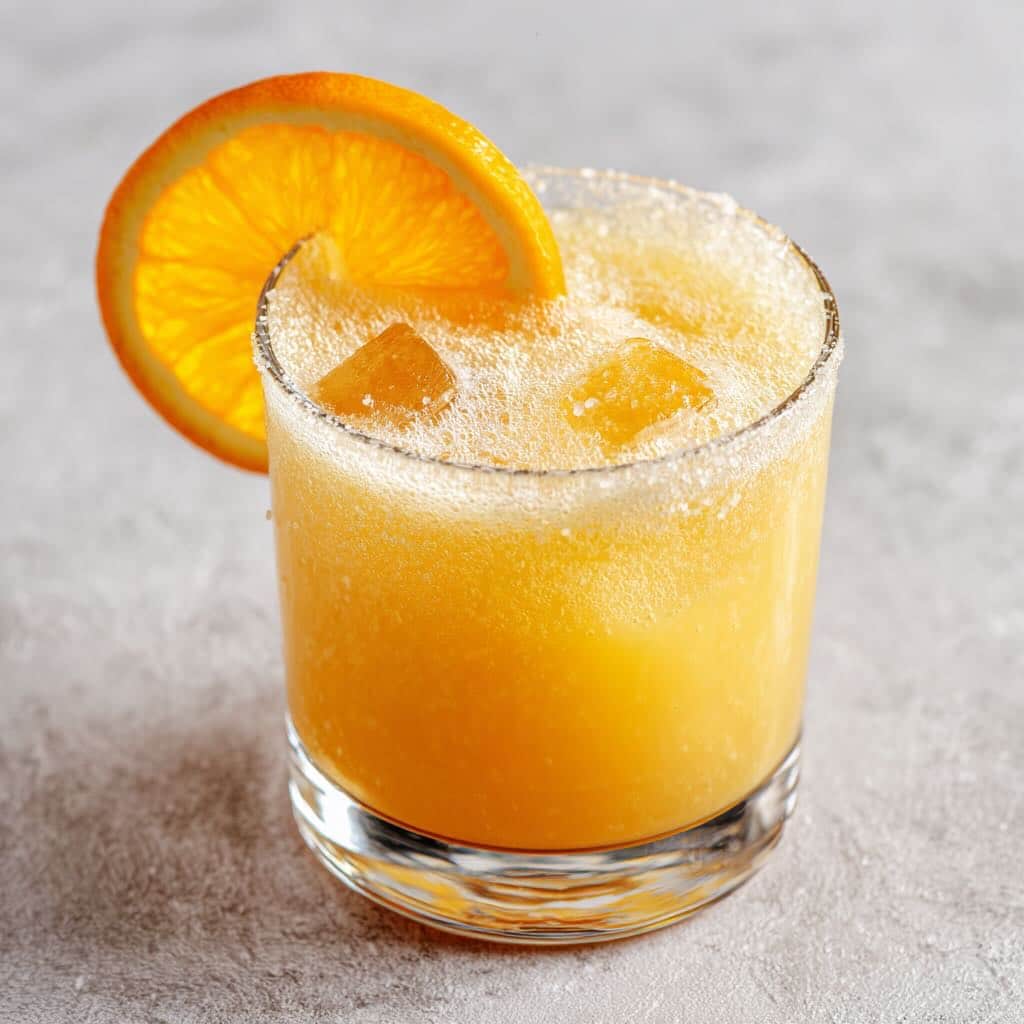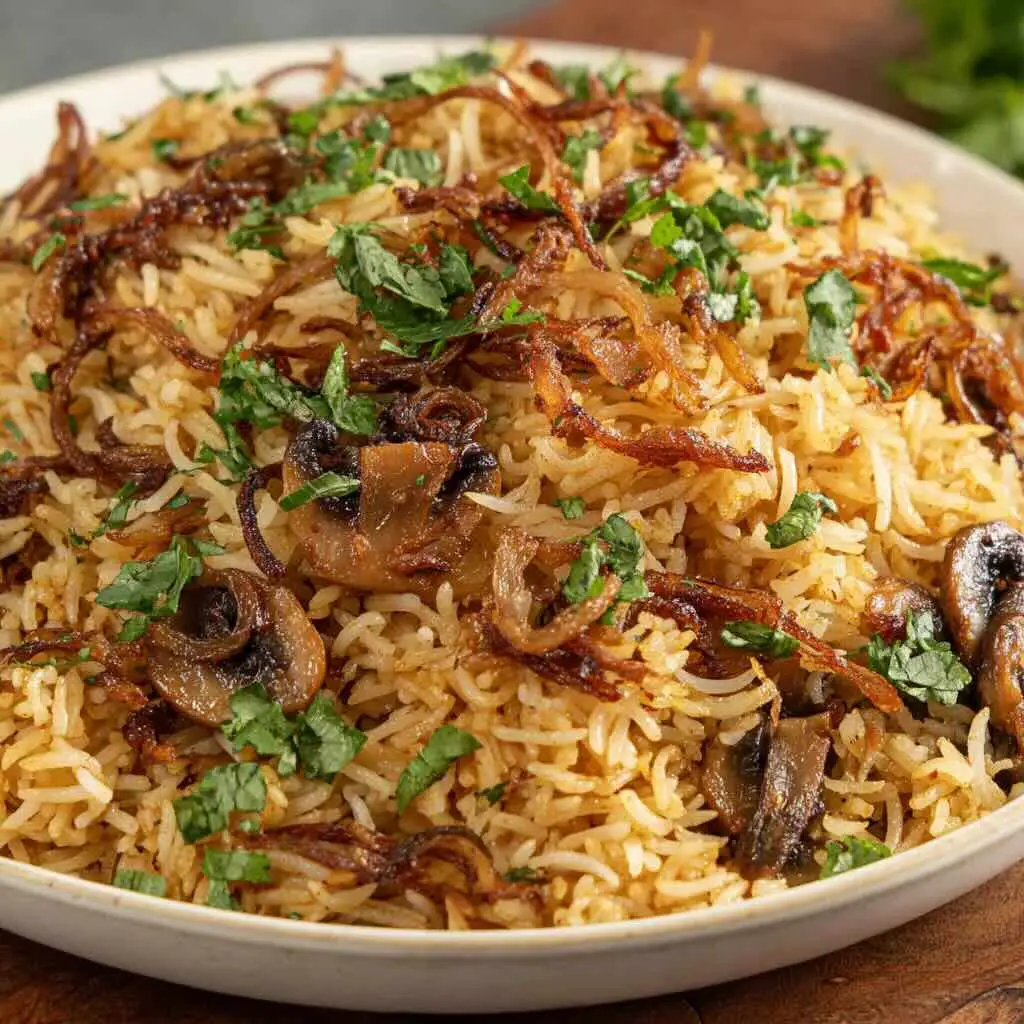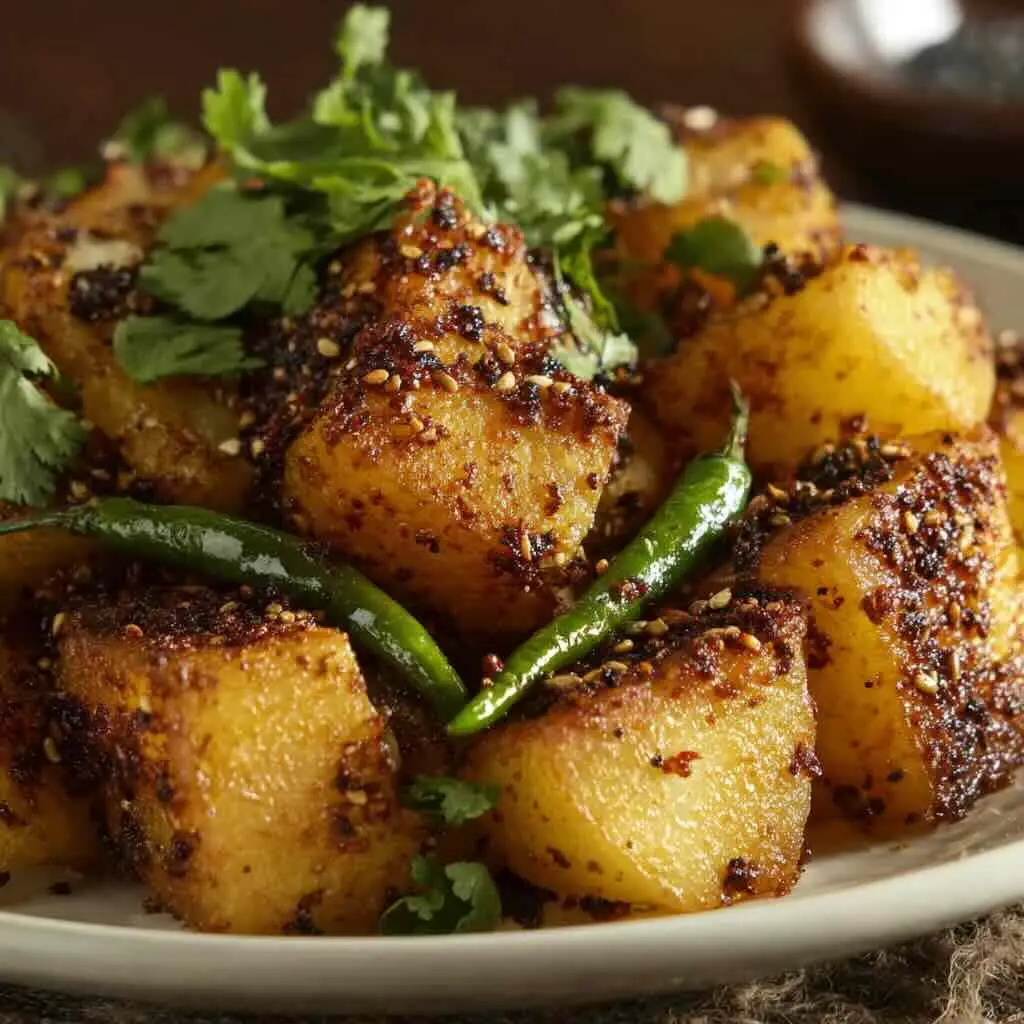Have You Ever Wondered Why Some Matcha Tastes Like Grass and Others Like Heaven?
When I first got curious about matcha, I bought the prettiest tin I could find online. The package looked so fancy, I thought I nailed it. But when I made it… yikes. It tasted bitter, dull, and honestly, like I licked a tree. That’s when I started diving into how to choose the best matcha—because clearly, I was missing something important.
If you’re just starting your matcha journey, don’t worry—I’ve been there. This guide will walk you through how to choose the best matcha, so you get that smooth, vibrant, slightly sweet flavor matcha lovers rave about. Whether you’re dreaming of a calming morning tea or a creamy matcha latte, it all starts with picking the right kind.
Let’s break it down, step by step.
Table of Contents
How to Choose the Best Matcha: Understand What It Is
Before we get picky, let’s get clear: what is matcha, anyway?
What Makes Matcha Different from Regular Green Tea?
Matcha isn’t just ground-up green tea leaves. It’s a whole process. Real matcha is made from shade-grown tea leaves called tencha. Farmers cover the tea plants weeks before harvest to boost chlorophyll and amino acids—especially one called L-theanine, which helps give matcha its calm, focused energy.
Once the leaves are picked, they’re steamed, dried, and stone-ground into a fine, bright green powder. And here’s the big difference—you consume the entire leaf when you drink matcha, not just steep it in water. That’s why the flavor, texture, and quality matter so much more.
Types of Matcha: Ceremonial vs. Culinary
Now comes the tricky part—which kind should you get?
- Ceremonial grade is the best of the best. It’s made for drinking, usually whisked with hot water. It’s bright green, smooth, slightly sweet, and full of umami (think savory deliciousness).
- Culinary grade is made for cooking—think matcha lattes, smoothies, or baking. It’s still real matcha, just a little more robust and a bit more bitter.
Tip from me: if you want to sip it straight, always go ceremonial. If you’re blending it into milk or a dessert, culinary works great.
How to Choose the Best Matcha by Color and Texture
You can see good matcha before you ever taste it. Seriously!
Why Color Matters in Quality
Color tells you a lot. The best matcha should be a vivid, almost neon green. That bright color means the leaves were fresh, properly shaded, and stone-ground right.
If your matcha is yellowish or brownish? That’s a red flag. It could mean the leaves were older, overexposed to light, or not stored properly.
The Importance of Fine Texture
Touch a little between your fingers—does it feel soft and silky, like baby powder? That’s what you want.
Gritty or sandy texture usually means lower-quality matcha. It may have been ground too quickly or with the wrong tools, which can damage the flavor.
How to Choose the Best Matcha from the Right Source
Don’t skip the fine print! It tells you more than you’d think.
Look for Origin: Japanese Matcha Is Best
Hands down, Japan makes the best matcha. Regions like Uji, Nishio, and Shizuoka are famous for their centuries-old traditions. The soil, climate, and growing techniques there create smooth, rich flavors you just don’t get elsewhere.
It’s not that other countries can’t grow matcha—but if you want that authentic flavor and feel, Japan is where it’s at.
Watch for Additives or Fillers
This one’s important: pure matcha has one ingredient—100% green tea powder. That’s it.
Some brands sneak in sugar, milk powder, or “natural flavors.” Those might taste okay in a latte, but they’re not real matcha. Always check the label!
How to Choose the Best Matcha Based on Price and Value
This is where I messed up the most when I started. I thought, “$8 for matcha? What a deal!” Yeah… no.
Why Cheap Matcha Often Isn’t Worth It
Low-priced matcha might be tempting, but here’s the truth: it’s usually bitter, dull, and not fresh. The color’s off, the flavor is harsh, and it won’t give you that smooth, calming feel.
Why? It’s often made from leaves that weren’t shaded properly, processed quickly, or even mixed with other teas. Not worth it.
How Much Should Good Matcha Cost?
Here’s a rough guide:
- Ceremonial grade: $20–$40 for 30g
- Culinary grade: $10–$20 for 30g
Start small! Many brands offer sample sizes or starter kits. That way, you can try a few and find your favorite without spending a fortune.
Consider Packaging and Freshness
You’ve got your matcha—now keep it happy!
Matcha Is Sensitive to Light and Air
Light, heat, and oxygen are matcha’s worst enemies. That’s why good matcha comes in airtight, opaque containers—often tins or resealable bags with layers to protect it.
If it’s in a clear jar or cheap plastic? Run.
How to Store Matcha at Home
Once opened, keep your matcha in a cool, dry place. I like to store mine in the fridge, sealed tightly, especially in summer.
And here’s a pro tip: matcha is best within 1 to 2 months of opening. After that, it can lose flavor and color. So use it often and enjoy every scoop!

Related Recipes
You might also need to check these delicious, beginner-friendly recipes to kick off your matcha journey in the yummiest way possible:
- Beginner’s Matcha Guide – Everything to Know Before Your First Cup
- Classic Iced Matcha Latte Made Easy – A Step-by-Step Recipe
- Chilled Strawberry Matcha Latte – A Deliciously Colorful Drink to Try
Frequently Asked Questions (FAQs)
How do I know if my matcha is ceremonial or culinary grade?
Great question! Check the label first—many brands will say it right on the package. If it doesn’t, look at the color and price. Ceremonial grade is usually brighter green, smoother in flavor, and more expensive. Culinary matcha tends to be a little more bitter and used for mixing with other ingredients like milk or sweeteners.
Can I use ceremonial matcha for lattes or baking?
You can, but it’s kind of a waste! Ceremonial matcha is meant to be enjoyed on its own because of its delicate flavor and smooth texture. For lattes, smoothies, or baking, culinary matcha works just fine—and saves you a few dollars too.
How long does matcha last after opening?
Once opened, matcha is best used within 1 to 2 months for peak flavor and freshness. You can stretch it to 3 months, but the vibrant color and taste may fade. Always keep it sealed and stored in a cool, dark place—or even better, the fridge!
Conclusion
Whew! That was a lot—but now you know exactly how to choose the best matcha. Let’s recap:
- Know the type you need (ceremonial vs. culinary)
- Look for bright green color and silky texture
- Stick with matcha from Japan
- Check labels for 100% pure tea
- Pay a little more for quality—it’s worth it
- Store it right to keep it fresh and tasty
There’s no perfect matcha for everyone. It really depends on how you want to enjoy it—hot, iced, in a latte, or baked into cookies (yes, that’s a thing!). But once you find the right one for you, it’s like discovering a cozy new morning ritual.
If you found this helpful, I’d love to hear which matcha you end up loving! Drop a comment below or check out my favorite matcha smoothie recipe (coming soon!). Until then—happy sipping!




